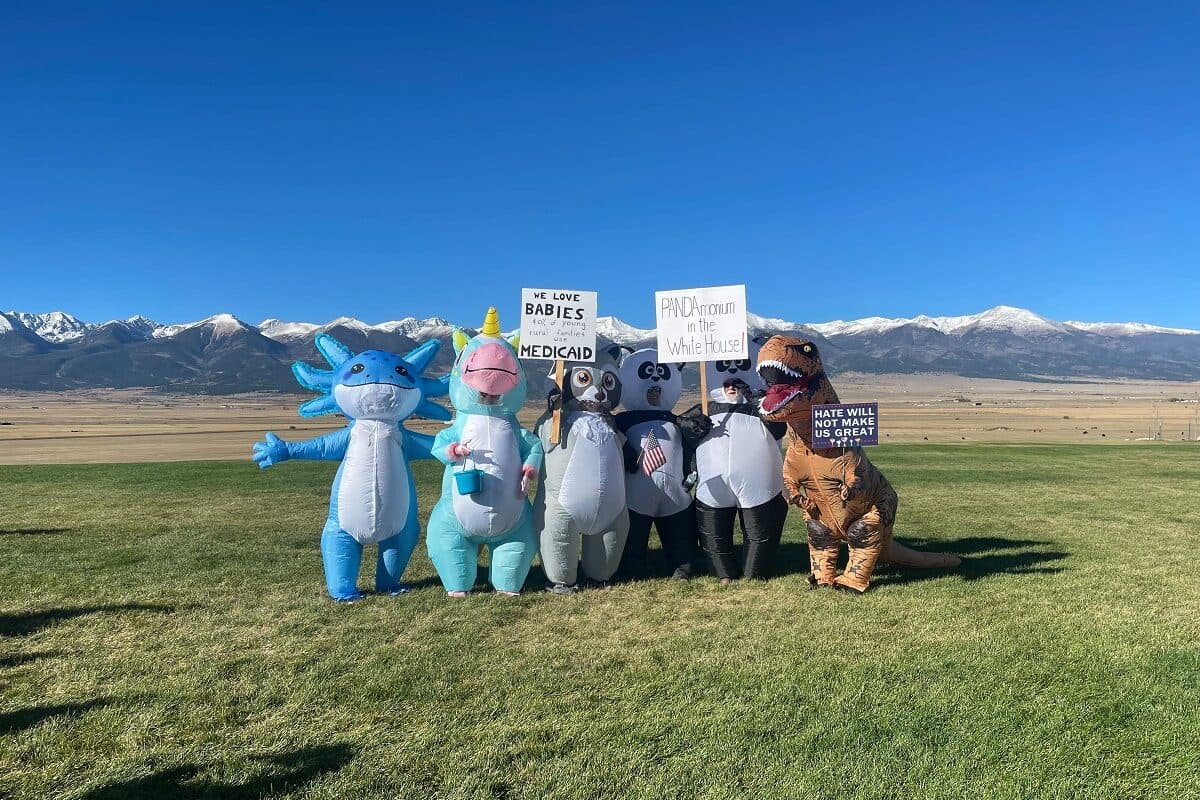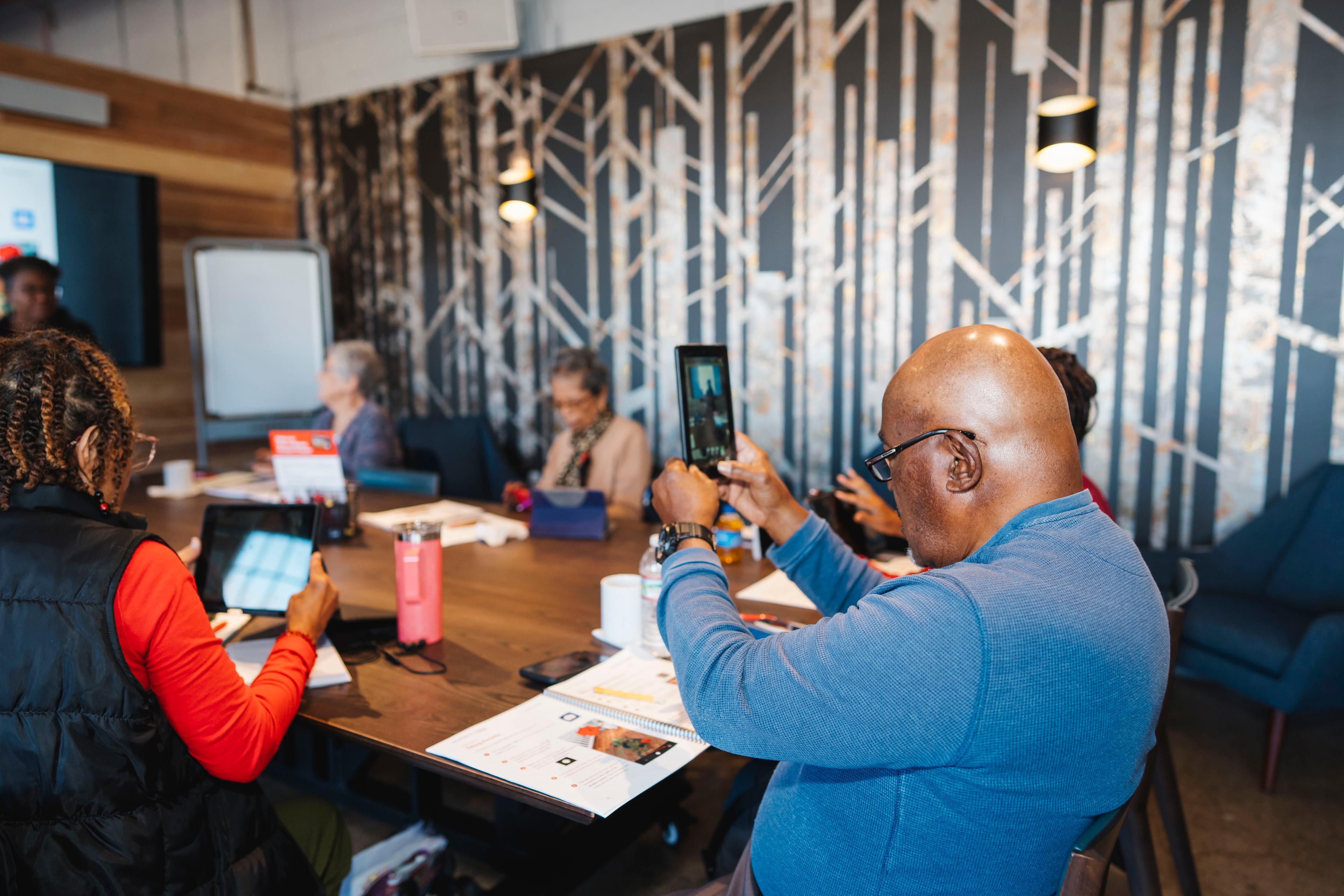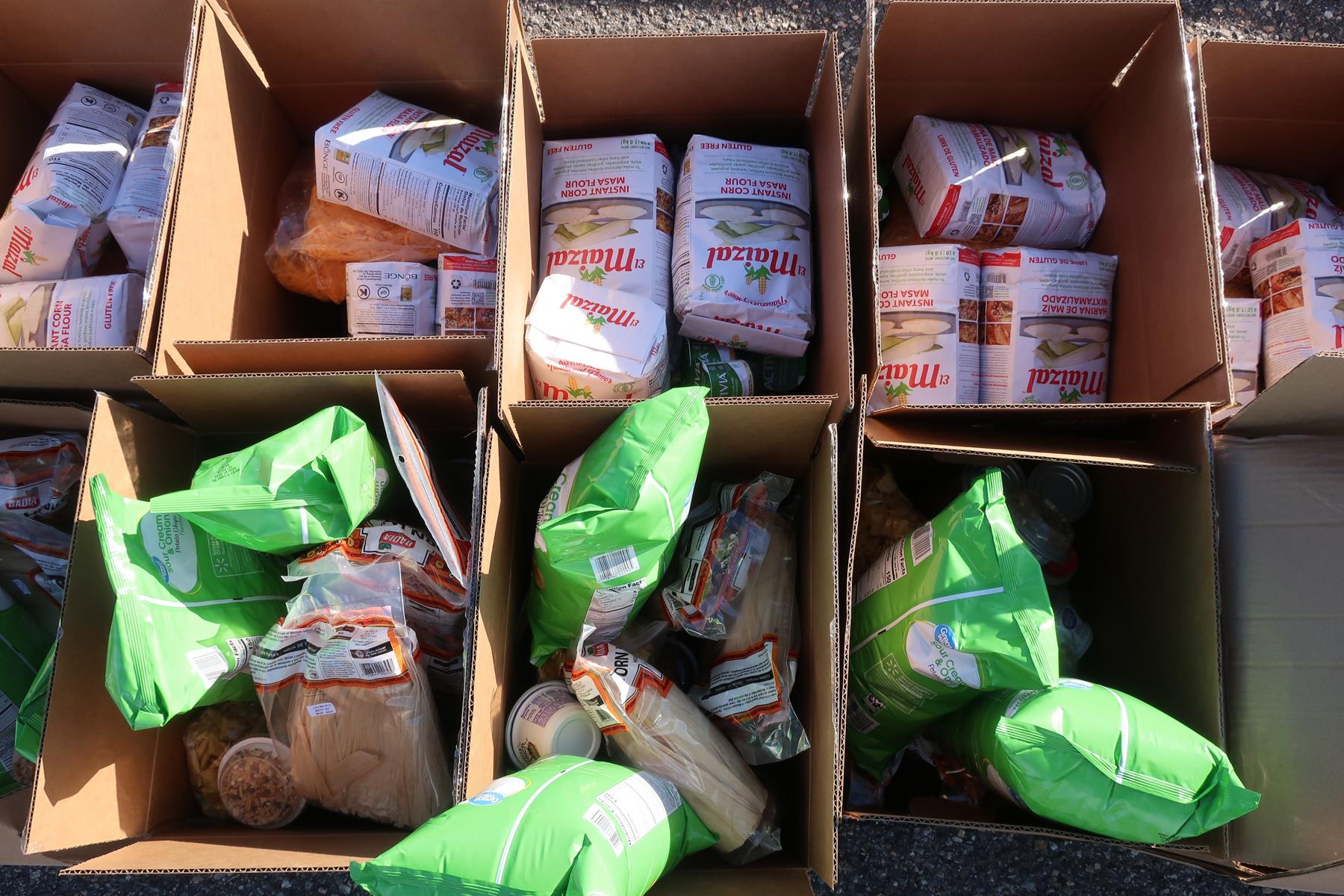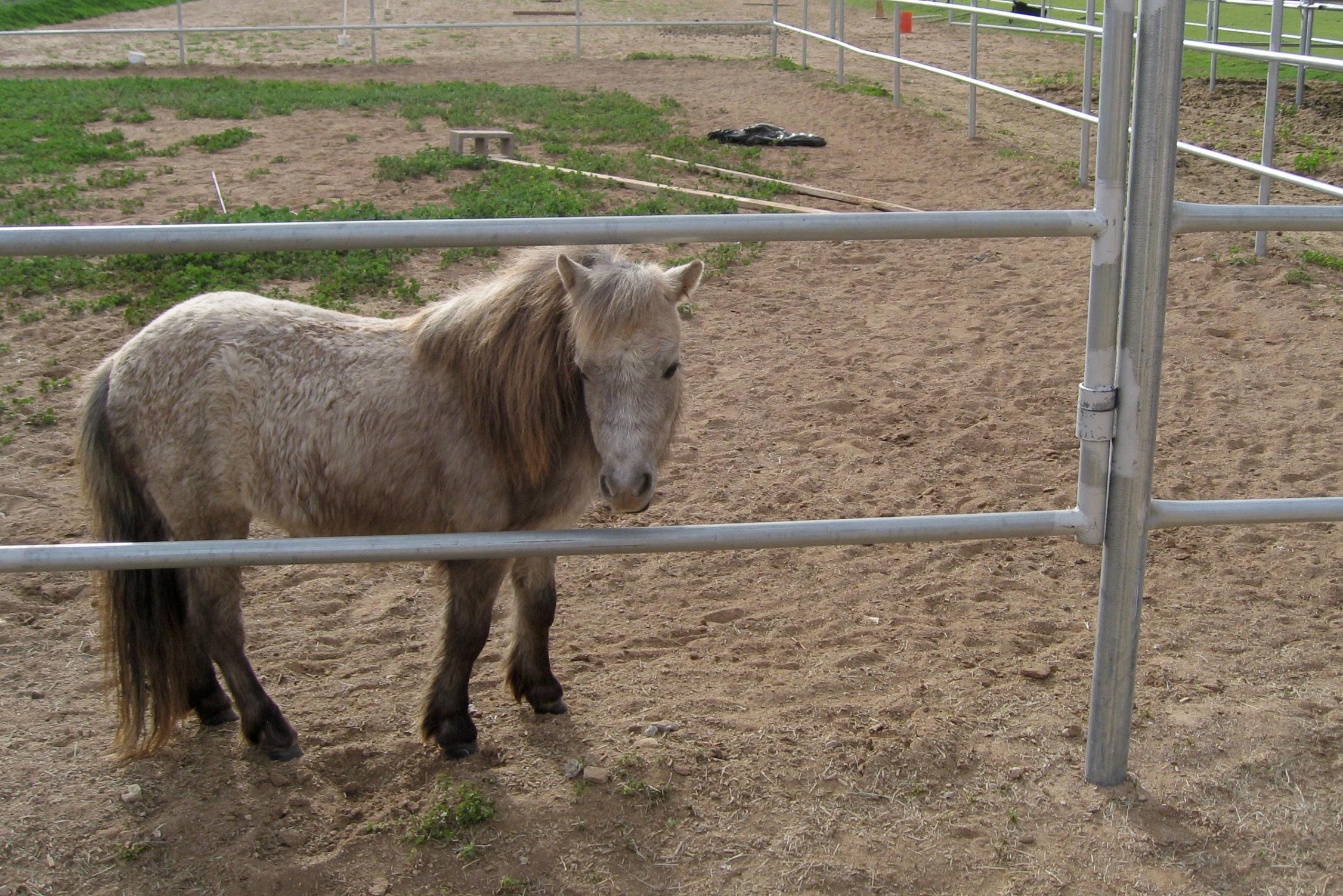
As the principal of an alternative high school, Stacey Streussel deals with plenty of paperwork. Each year, the same document catches her attention.
It's the standard form for service animals at St. Vrain Online Global Academy in Longmont. Most years, one or two students apply to bring a dog to the school — always a dog.
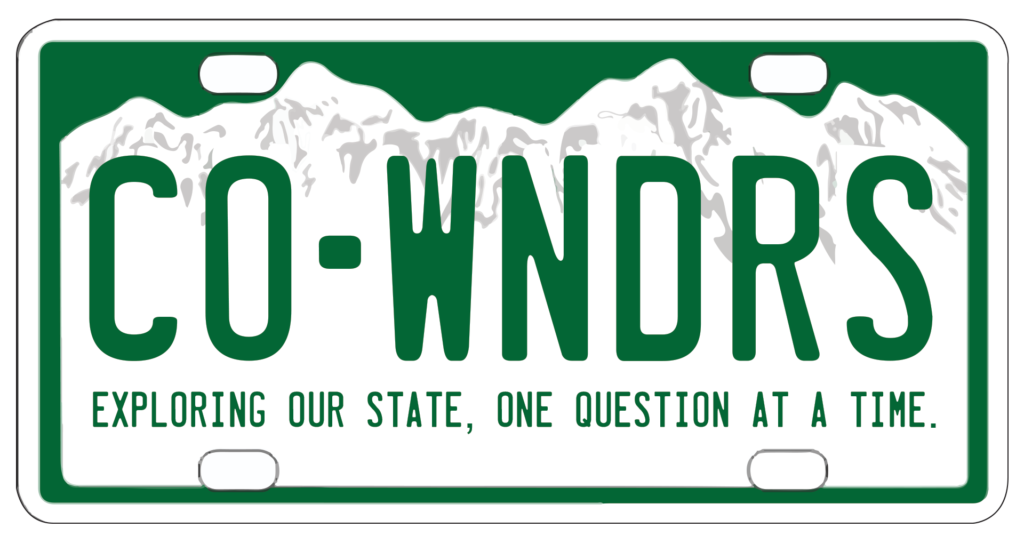
But there's another option on the paperwork: miniature horse.
"I’ve had people make comments. Why is there a mini horse on that paperwork?" Streussel said. "And I say, 'I don’t know, but you know something happened.'"
The answer gets deep into civil rights, disability law, and a surprising story about the power of citizen activism.
First, a little trivia: A mini horse is smaller than a pony. They're up to 34 inches tall and 100 pounds, according to federal regulations. But they are shaped exactly like a regular horse.
Maybe you know one from pop culture. One of the Denver Broncos' first mascots was a mini boy named T.D., for touchdown. On television, a mini horse was the breakout star of Parks and Recreation. (Rest in peace, Li'l Sebastian.)
What is a service animal?
Now, the reason they appear on school paperwork is pretty simple: Federal regulations say that miniature horses are acceptable service animals.
Service animals are a federally guaranteed right for people with disabilities. They are "specifically trained to perform tasks for people with a disability, because of their disability," said Kevin Williams, legal program director of the Colorado Cross-Disability Coalition.
Guide dogs are perhaps the best known kind of service animal. They're allowed on planes, in schools, in restaurants, in taxis — pretty much any publicly accessible place. There are a few "reasonable" exceptions, such as hospital operating rooms or places that a mini horse doesn't reasonably fit.
Also, just to be clear: Service animals are different from emotional support animals. Emotional support animals have fewer requirements. They can be any animal, and they don't have to be trained; they're allowed on planes, but they have weaker rights than service animals.
The backstory
OK, so why is service work limited to dogs and miniature horses?
The real answer to Streussel's answer is rooted in the Americans with Disabilities Act.
The ADA didn't include many details about service animals when it was signed in 1990. Over the years, people claimed they needed service snakes, service ferrets, service parrots and service sugar gliders, according to the ADA National Network. There were legal battles.
"It was chaos," Williams said.
And amid all that chaos was a posse of mini horses — there were about six of them in the 2000s, according to trainer Dolores Arste.
She had trained a mini named Mexicali Rose — nicknamed "Cali" — back in the 2000s. Cali is "is less than 30 inches, so she is about the size of a Newfoundland dog, height-wise, which isn’t very big," Arste said.
Cali's owner, Mona Ramouni, is blind. She had never had a service animal, in part because of her family's cultural preferences against dogs. And that meant she didn't have the mobility or independence she wanted.
It turns out that Cali was a great alternative. Mini horses can be potty trained, they have good eyesight, they're protective and they can live to 40 years old. Ramouni and Arste even trained Cali to notice "interesting" things -- a skill the horse uses to point Ramouni toward lost keys and other miscellaneous items.
Crucially, Cali understands "intelligent disobedience." It's the idea that she should resist her handler, for example, if they're about to walk into traffic.
"It was like I could see when I walked with Cali," Ramouni said. "It was as close as I’ll ever be to see in this life in this life."
The reckoning
Ramouni's new way of life came under threat in the late 2000s, when the Department of Justice announced that it was rewriting the rules for service animals.
It was rumored that dogs would be the only allowable service animals under the new rules. Ramouni quickly launched a lobbying campaign to protect Cali and the others.
"I was like 'No way. No way,'" Ramouni recalled. "'They’re going to have to pry the leash and harness out of my hands, because I’m not going to do that.'"
It wasn't just the half-dozen-or-so people with mini service horses. Ramouni convinced hundreds of others to write letters to the DOJ in support of mini horses.
They had no idea what to expect but, a year later, it turns out they had won. The new rules said that dogs were the principal service animals, but they carved out similar protections for mini horses.
Kevin Williams, the attorney, was initially surprised to see the equines listed.
"I stopped and went, 'Miniature horses? Oh my God, the ADA’s just going to be the laughingstock of whatever,'" he said. But with a little more research, he came around to the idea.
And last summer, the Department of Transportation affirmed that service minis should be allowed aboard airplanes. Ramouni and Cali were featured in the article.
Life after Cali
Meanwhile, Ramouni's life has changed. A year after getting Cali, she left home for school at Michigian State University. "My whole life expanded. My whole world," she said.
She met her husband, became a mother of two, and eventually decided to dedicate her life to horses and the people who need them. She's trained five mini horses.
"Not everybody should use a miniature horse. Not everybody would be willing or able. But for those people who really want to and can afford to do so emotionally, financially, I think they're great alternatives," she said.
Still, they remain exceptionally rare. Ramouni estimates there are 20 mini service horses nationwide. They're used by people with low vision, balance-related disabilities, PTSD and more.


